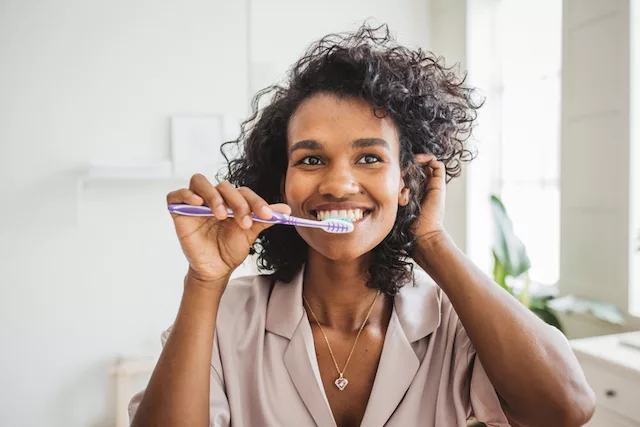Three out of four women will suffer from a yeast infection in their lifetime, and nearly half of them will suffer from them repeatedly. As if we don’t have enough to deal with, right?
If you’ve never had one, I congratulate you and your abundant vaginal flora. But the shocking thing is that even though yeast infections are extremely common (more like epidemic), they’re not very well understood. They’re both woefully underdiagnosed and overtreated.
Personally, I blame gender inequality in medical research (aka “patriarchy”). As someone who has always been prone to vaginal infections of all kinds and knows how devastating it is to be chronically afflicted with a condition that interferes with your sex life (something doctors tend not to take seriously since yeast infections aren’t considered “serious” or “harmful”), I’m here to explain the situation to you, so you can avoid them at all costs.

What causes yeast infections?
First off, yeast is a fungus that naturally occurs in your lovely vagina, and it’s not inherently harmful. A yeast infection occurs when the ratio of bacteria to yeast in your vagina becomes out of balance. Once the yeast (aka candida albicans) begins to multiply, you may experience uncomfortable itching, burning, pain, and irritation on the vulva, as well as a thick, white or clear discharge, which may or may not resemble cottage cheese.
Yum, right? So what causes this imbalance?
They’re not entirely sure, but it could be due to high estrogen levels, antibiotic use, or pregnancy. Of course, if you’ve never had a yeast infection before, see a doctor to be sure, as these symptoms can also be a sign of certain STIs.
While yeast infections typically respond to over-the-counter medications within 3 to 7 days, sometimes they reappear within weeks or months, and sometimes they don’t respond to drugstore medications at all. And that, my friends, is where effective do-it-yourself prevention can really come into its own.

Here are six ways to prevent yeast infections:
1. Take probiotics
Probiotics have no shortage of superpowers, and they can also be a great way to prevent yeast infections. Yogurt, for example, contains lactobacillus acidophilus, a type of health-promoting bacteria that supports vaginal well-being by helping to maintain a balanced pH and the growth of other healthy bacteria. Fermented foods like sauerkraut, kimchi, kombucha, and miso are also known for their probiotic prowess and are great if you don’t eat dairy. Of course, you can also get probiotics in supplement form at most pharmacies or health food stores. Be sure to shop around for a good one. Some pharmacies also sell probiotic tablets that can be inserted into the vagina (usually in the yeast infection medication section). A 2016 Italian study showed that women who placed probiotic tablets in their vaginas consistently for five weeks saw their yeast infections decrease by 87%!
2. Change your birth control method
Excess estrogen in the body can lead to excess yeast production, leading to infections. If you have too much estrogen in your system for any reason, the hormonal imbalance can increase these yeasts. If you are taking hormonal birth control and are prone to yeast infections, you may want to consider birth control options that do not contain estrogen, such as a IUDbarrier methods or even progesterone-only pills. This can significantly reduce the risk of rapid yeast growth and infection. Of course, talk to your gynecologist before stopping the pill.

3. Practice natural hygiene
Wash often and well, but for the love of the goddess, don’t douche or use perfumed products, as they can cause irritation and/or disrupt the normal balance of your vagina. Don’t be afraid to get up close and personal: pay attention to the inner creases, corners, and crevices when washing, as that’s where yeast loves to thrive. If you’re a swimmer, change into your swimsuit immediately after you’re done to avoid excess moisture, and if it’s an option, opt for saltwater pools over chlorine, as they’re easier on your delicate bits. When using the bathroom, wipe from front to back to keep nasty butt bacteria from getting into your beautiful vagina. Just saying.
4. Try natural remedies
Nature rarely fails us, if we have the faith to test it. There are truly all sorts of home remedies you can try to prevent or even treat yeast infections. Warning: Pharmaceuticals, while very helpful in many cases, are a money-making scam, which is why home remedies are often rejected by medical authorities. When in doubt, of course, consult your doctor and listen to your body. If you have a bad reaction to something, stop. Personally, I can attest to the incredible results I have achieved with the following products:
- Coconut oil. Opt for organic and cold-pressed oils. A 2007 study found that coconut oil helps kill yeast. You can apply it externally to your vulva several times a day, freeze some in an ice cube tray and put one in your vagina. Or, this combination of coconut, lavender, and tea tree oils is actually one of the most effective protocols I’ve ever used to successfully treat yeast infections.
- Garlic. The only thing more effective than coconut oil, in my experience, is organic garlic. I don’t know of a more powerful natural antibiotic. It is also antifungal and antibacterial, and very effective at preventing yeast from multiplying. I like to cut a clove into several pill-sized pieces and swallow them, but I have cured infections faster by inserting a clove into the vagina. Here are a set of helpful instructions for the brave among you.

5. Get more sleep and don’t stress
A strong immune system is essential to avoiding yeast infections. If you’re the type to joke about how you’ll sleep when you’re dead, chances are your body isn’t functioning optimally and therefore isn’t able to properly maintain acidity levels in your vagina or keep yeast growth rates down, both of which are essential to preventing infections. So don’t deprive yourself of your dreams and also do what you can to reduce your stress levels, because stress is always bad and, well, it also compromises your immune system.
6. Eat healthy
Yeast thrives on sugar, grains, and other slimy foods. There are so many connections between food and the growth of Candida albicans that a whole program has been developed to inhibit yeast growth called the Candida Diet. Many women who struggle with chronic yeast infections have had great success with this diet. If your case is really severe, consider avoiding excessive amounts of alcohol, starchy vegetables (i.e. potatoes, carrots, beets), and even meat and dairy (with the exception of probiotic yogurt). Personally, however, I have always found restrictive diets to be stressful and isolating in a way that is not helpful, so you might try simply avoiding dairy and wheat and limiting your refined sugar intake and see how that goes.
When your body is functioning optimally, infections are very unlikely. The best thing you can do if you suffer from yeast infections is to get rid of potential triggers and start taking good care of yourself. May you and your vagina live a long, happy, and balanced life!
 /Shutterstock
/Shutterstock


 Anal Beads
Anal Beads Anal Vibrators
Anal Vibrators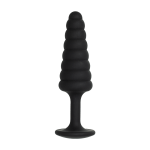 Butt Plugs
Butt Plugs Prostate Massagers
Prostate Massagers
 Alien Dildos
Alien Dildos Realistic Dildos
Realistic Dildos
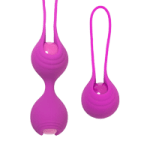 Kegel Exercisers & Balls
Kegel Exercisers & Balls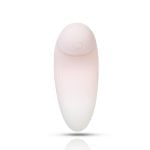 Classic Vibrating Eggs
Classic Vibrating Eggs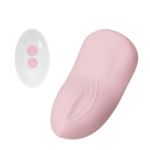 Remote Vibrating Eggs
Remote Vibrating Eggs Vibrating Bullets
Vibrating Bullets
 Bullet Vibrators
Bullet Vibrators Classic Vibrators
Classic Vibrators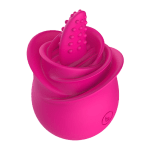 Clitoral Vibrators
Clitoral Vibrators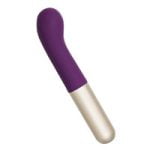 G-Spot Vibrators
G-Spot Vibrators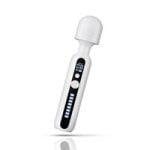 Massage Wand Vibrators
Massage Wand Vibrators Rabbit Vibrators
Rabbit Vibrators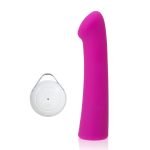 Remote Vibrators
Remote Vibrators
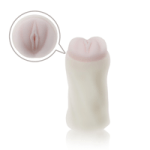 Pocket Stroker & Pussy Masturbators
Pocket Stroker & Pussy Masturbators Vibrating Masturbators
Vibrating Masturbators
 Cock Rings
Cock Rings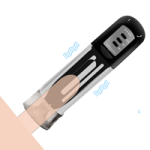 Penis Pumps
Penis Pumps
 Wearable Vibrators
Wearable Vibrators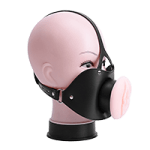 Blindfolds, Masks & Gags
Blindfolds, Masks & Gags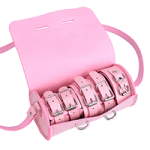 Bondage Kits
Bondage Kits Bondage Wear & Fetish Clothing
Bondage Wear & Fetish Clothing Restraints & Handcuffs
Restraints & Handcuffs Sex Swings
Sex Swings Ticklers, Paddles & Whips
Ticklers, Paddles & Whips










